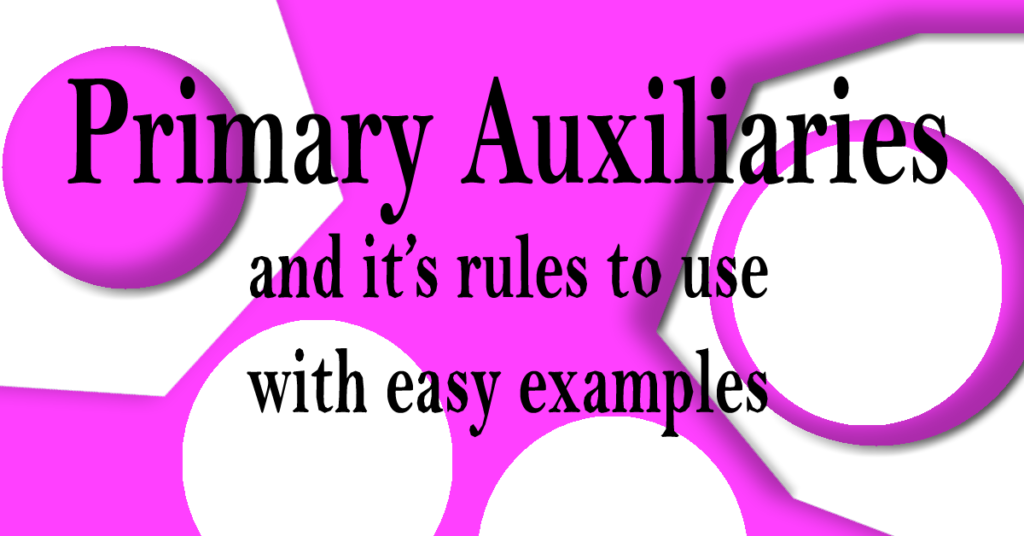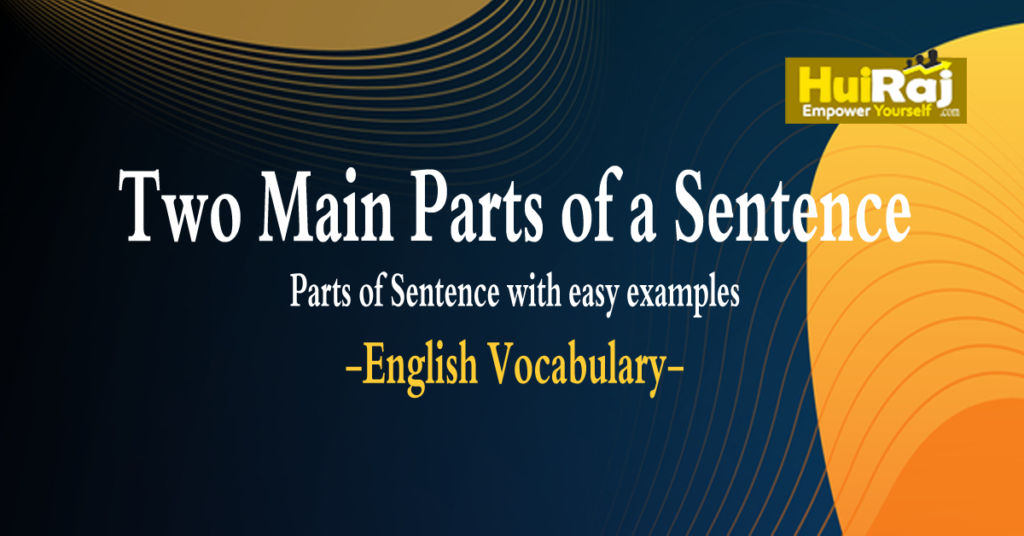What are Primary Auxiliaries?
Primary Auxiliaries are “is, am, are, was, were, being, been, do, does, did, have, has, and had” and ‘will, would, shall, should, can, could, may, might, must, need, ought to, used to, and dare‘ are called the modals.
We have studied in Step-12 to 23 and 35 to 42 regarding use of Primary Auxiliaries. These auxiliaries take tense whereas modals not .The modals do not usually have a time restriction. But Modals can refer to the present or the future in the same form. Study the following sentences. The Step-43 is only for the clarification of Primary Auxiliaries and Modal Auxiliaries. As, we have already studied Primary Auxiliaries in Step-12 to 23 and 35 to 42.
| Primary Auxiliaries | Modals |
| I am writing. | I will/can write. |
| He is writing. | He will/can write. |
| They are writing. | The will/can write. |
Rules for using Primary Auxiliary and Modals.
- in the above examples under the column Modals, the modal auxiliary ‘can’ has a single form for all subjects, whereas the other auxiliaries have different forms.
- The modal auxiliary is followed by a bare infinitive i.e, the infinitive without ‘to’. We say ‘I will read’ but not “
I will to read” (incorrect). - Two Modals Auxiliaries cannot go together in a verbal group but two primary auxiliaries can. For example.
- I must
canclimb a tree. (false). - We have been learning English for six-year. (correct).
- I must
- The modal auxiliary has no non-finite form, as it is always the first verb in the verb group. For examples,
- I can lift the box. (Correct)
I lift can the box. (Incorrect)
- The modal auxiliary is followed by the bare infinite form of the full verb. But the primary auxiliary may be followed by
- (i) the to-infinitive form
- (ii) the –ing form or
- (iii) the past participle form.
- The modal auxiliary unlike other verbs has no –s in the third person singular in the present tense. For examples,
- He wants/likes to speak English. (correct)
- He can lift the box. (correct)
- He cans lift the box. (incorrect).
| Primary Auxiliary | Modals |
| I am to drive this car. (to+ infinitive) | I can drive cars. (bare infinitive) |
| I am driving a car. followed by the –ing form) | I can driving. (not Possible) |
| I have driven the car. (have + V3 verb) | I can driven. (Not Possible) |
| I don’t drive cars. (followed by the bare infinitive) |
The verbs like ‘will, would, shall, should, can, could, may, might, must, need, ought to, used to and dare are called the modals. These verbs are primarily used to express meanings such as necessity, obligation, advice, permission, certainty, probability, ability etc. The modals do not usually have a time restriction. It can refer to the present or the future in the same form.
Example:
He may be here now. (present)
He may come tomorrow. (future)
But in certain situations, could, would, should, and might are past forms of can , will , shall and may respectively.
Example:
(i) I can’t do it now. (present)
(ii) I couldn’t do it yesterday. (past)


